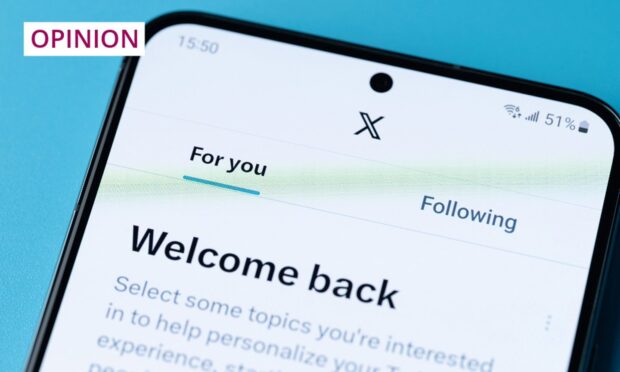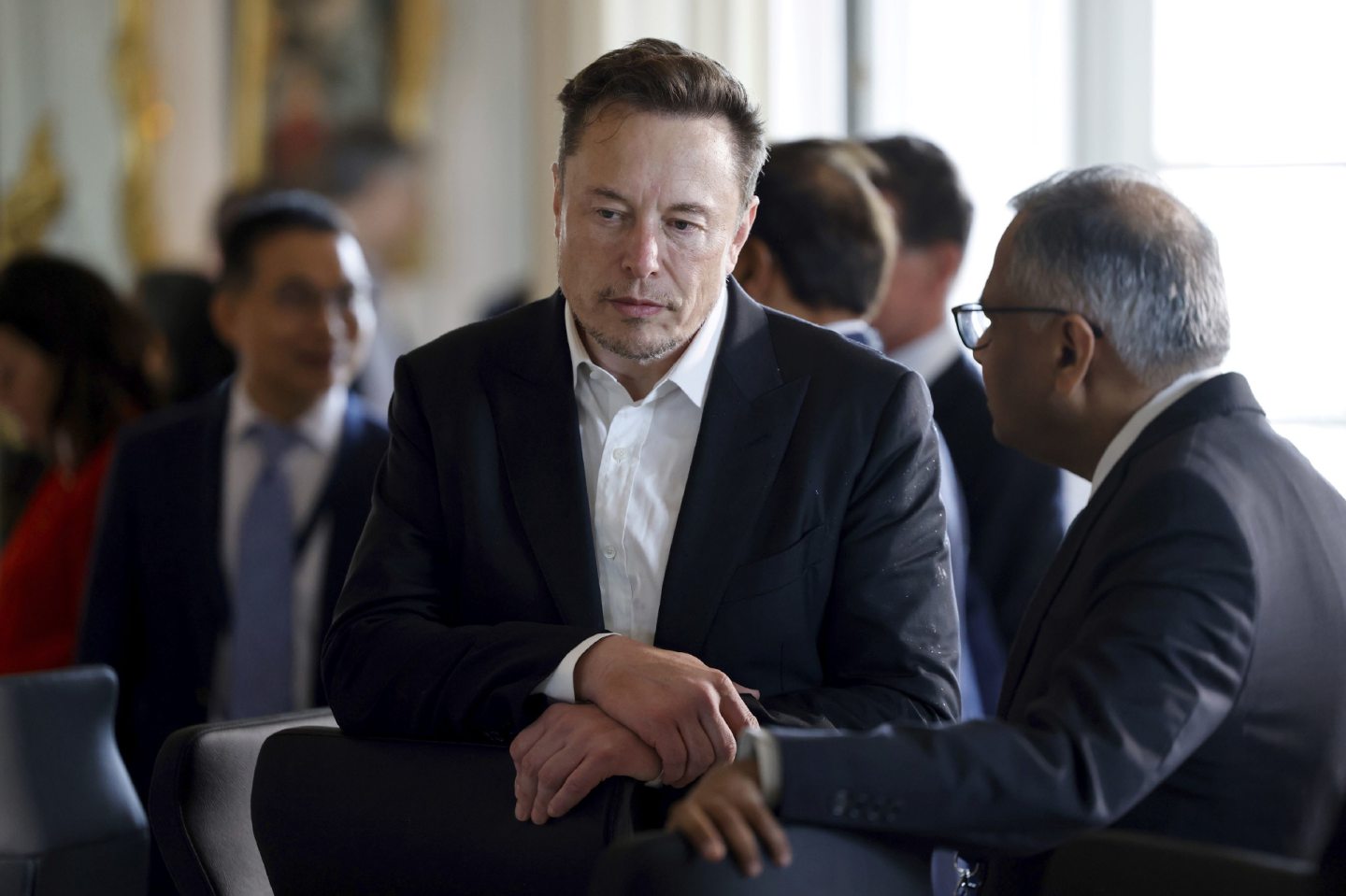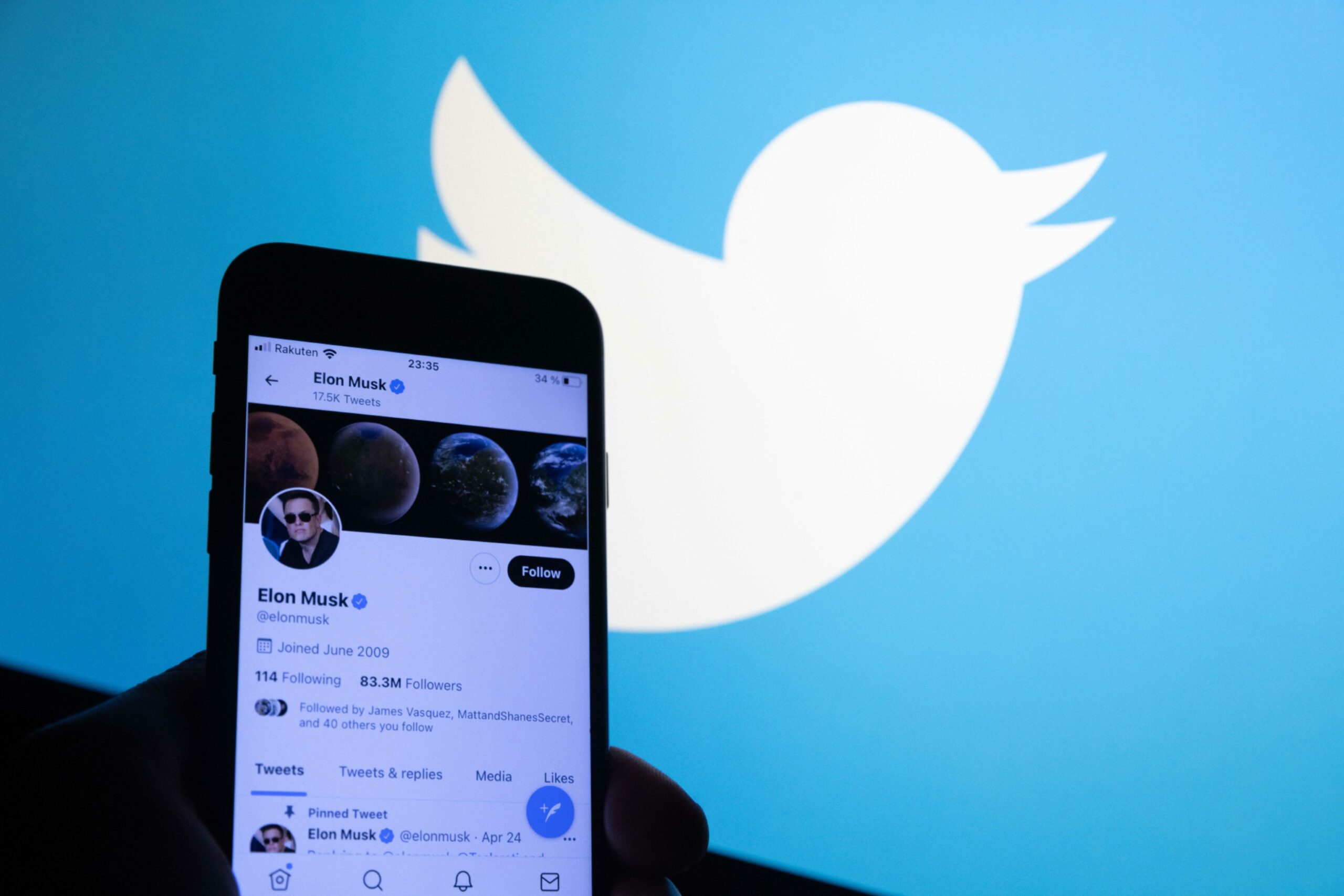Last week, I deleted Twitter. It’s not the first time, which means it might not be the last time.
But, for now, I am done – determinedly so – following months of hand-wringing about using the platform after Elon Musk’s purchase of it and the rebranding to “X”.
It can be hard to explain Twitter to those who have never used it. It has always been my favourite social media platform. I like the focus on text over image and videos, and the up-to-date reaction and opinion of current events; the unique chance to be put on an equal footing with millions of other people across the globe. There’s no other place like it.
It’s also difficult to explain how Twitter, now X, has fundamentally been broken. X is mostly still Twitter on the face of it. The owner is an egotistical billionaire and pretend-Bond villain, but several of the previous CEOs could be described the same. Twitter, like all social platforms, has always struggled with bad elements and bad actors, who peddle bigotry, hate and misinformation – this is far from new.
The problem is that Twitter has now embraced the worst parts of itself in the pursuit of “free speech” – a phrase routinely misapplied by those who use it to excuse the worst of behaviours. This has come from Musk. It didn’t feel right to be there anymore and support how it has changed.
Elon Musk’s ‘anything goes’ outlook is dangerous
In 2014-ish, when I last deleted Twitter for good, I did so mostly because I was using it much less. It had rolled out a few innocuous features I didn’t like as it was floated on the US Stock Exchange, in order to appeal to a wider audience.
I had been given more responsibility at my job, and was in my first serious relationship for a while. Twitter sort of slipped away, and I migrated to Facebook and Instagram – platforms less demanding of my time.
Eventually, I dropped both of those and went crawling back. As I said, it has always been my favourite social media platform, and the one where I felt I could find my voice, and my people.
From then on, I started using Twitter more professionally, and it is probably the reason I am able to write to you in this paper today, due to the connections built up, particularly across the north-east.
Perhaps this is why I now struggle so much with what is happening to Twitter at the moment. As a person, I moderate myself far more, both online and “IRL”, than I did when I was younger. I think more carefully about what I represent, what I say, and who might think what of me. It irks dreadfully to see Musk, the owner of a huge media platform, use his position to throw flippant, unfounded and insincere opinions around, or worse.
Misinformation about wars in Ukraine and now Gaza isn’t just worse on Twitter due to a technical change, or the multiplying fake accounts – it’s worse due to Musk’s leadership, which stokes an “anything goes” atmosphere, where lies and untruths go amplified and unchecked. The best media sources hold themselves to higher standards than this, particularly when the world is in such bad shape. Twitter – X – should be doing the same.
On the morning I deleted my account, Musk had posted a flurry of images which supported Russia’s invasion of Ukraine, had undermined vaccination efforts against coronavirus, and had given air to a conspiracy theory about Germany, Ukraine and liquefied natural gas. “Enough is enough,” I thought. A person with such reach should think carefully before they regurgitate falsehoods, ever more so in a world so insecure.
X is still important and should be properly moderated
President Joe Biden chooses to post his support for Israel on X. So does Prime Minister Rishi Sunak. They are far from the only prominent politicians to do so. X remains, for now, the premier place for breaking news and comment to be distributed on the internet. It is so important that what is posted there is as truthfully and fairly moderated as possible. That must start, as in any company, from the top.
I have started scrabbling around the internet trying to replace what I had on Twitter, minus Musk. I remain someone who loves to mire themselves in current events, and talk about them to anyone who will listen. Currently, there is no perfect substitute. I will miss Twitter, what it was, and what it represented.
I could have decided to take a break from it all – a digital detox as it were – but no. Such a blissful idea, but maybe a bit naive when so much of our lives are online now. It has almost become a necessity to find somewhere that helps promote the work I do in my day job, and the very words I write here.
If Musk, or anyone else for that matter, ever decides to clean X up, wind his neck back in and make it more like Twitter once was, I might go back for one more try. Just like after the last time I deleted the app forever.
Colin Farquhar works as a creative spaces manager and film programmer in the north-east culture sector



Conversation